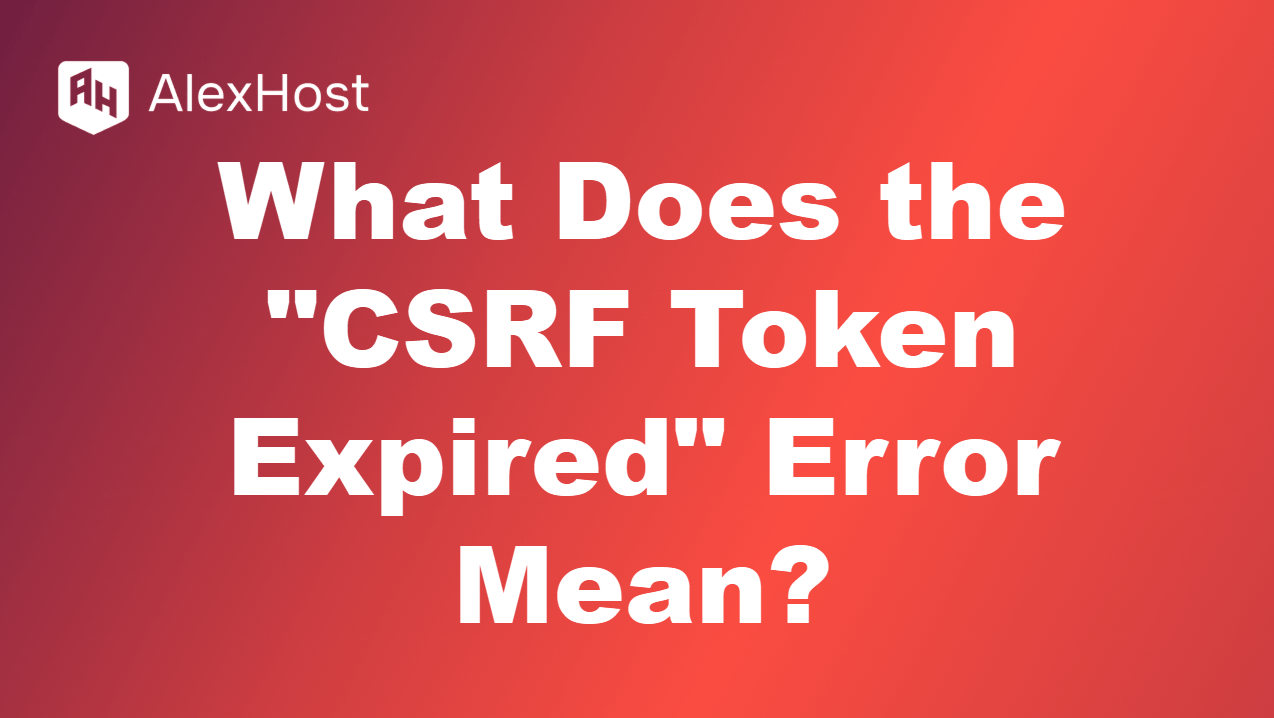When managing a website, understanding its file structure is critical, especially when it comes to the root directory. The root directory of a website is the top-level folder where all of the website’s files, including HTML, CSS, JavaScript, images, and dynamic content, are stored. It is the starting point for any web server to serve […]
The ping command is one of the most commonly used network diagnostic tools available on almost all operating systems. It is used to test the reachability of a host (such as a server or a website) and measure the time it takes for data to travel from your computer to the host and back. This […]
To get a full archive of your website and a database dump from Beget for migrating to a new host, you can follow these steps: 1. Downloading Your Website Files Method 1: Beget File Manager Log in to your Beget account and go to the File Manager. Navigate to your website’s directory, typically under the […]
Secure Shell (SSH) is a widely used protocol that provides secure, encrypted communication between computers. Beyond its traditional use for logging into remote systems, SSH also offers powerful tunneling capabilities, which allow you to securely forward traffic between networks and systems. This technique is known as SSH tunneling and can be invaluable for various practical […]
Cross-Site Request Forgery (CSRF) is a security vulnerability that occurs when a malicious website tricks a user’s browser into making an unwanted request to a different site where the user is authenticated. CSRF attacks are common in web applications where a user is logged in, and this is why many websites implement CSRF protection mechanisms. […]
Simplify your Git workflows with AlexHost’s robust hosting solutions! Whether you’re managing a private repository or deploying changes to a live project, AlexHost provides the speed, reliability, and security you need for seamless version control. With high-performance servers and expert support, AlexHost empowers developers to collaborate and push their projects to new heights. Git is […]
Proxmox Virtual Environment (VE) is a powerful open-source platform for virtualizing systems and applications, allowing you to create and manage virtual machines (VMs) and containers. One of the key components of Proxmox is its flexible networking setup, which can be customized to suit various environments. In this article, we will guide you through installing and […]
Master Diagnostics and Logs on AlexHost Why diagnostics and logs on AlexHost? Diagnostics and logs are critical for troubleshooting, monitoring, and securing web apps and servers. AlexHost’s NVMe-powered VPS, with root access and DDoS protection, ensures fast log processing and secure storage for tools like ELK Stack or Syslog. This guide explains how to leverage […]
The “Your connection is not secure” error is a common message that users encounter when trying to visit websites, particularly when the browser detects issues with the site’s security certificate. This warning is intended to protect you from potential threats such as insecure data transmission, phishing, or malicious websites. While the error can sometimes indicate […]
PostgreSQL is a powerful and feature-rich open-source relational database management system (RDBMS) that has earned a strong reputation for reliability, flexibility, and performance. It is widely used in both small-scale and large-scale data applications, ranging from simple web apps to complex enterprise-level systems. Thanks to its robust architecture, advanced SQL compliance, and support for extensibility, […]
















